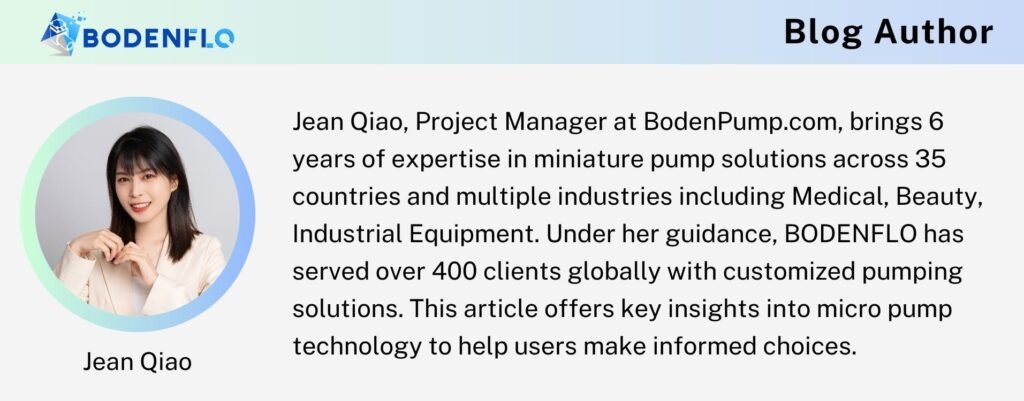Are you struggling with inconsistent photosynthesis readings? A mini gas pump could be the missing link. Improve accuracy with stable gas flow!
A mini gas pump enhances accuracy by delivering a consistent, controlled flow of gas to the plant chamber. This stable environment ensures reliable measurements of CO₂ and H₂O exchange, which are essential for photosynthesis analysis.

I am always looking for ways to make measurements more reliable. Recently, I was speaking with a researcher who said mini gas pumps are essential for accurate photosynthesis measurements. Let’s explore how a mini gas pump can enhance the accuracy of plant photosynthesis measurements.
What Equipment Is Used to Measure Photosynthesis?
Want to know what tools are used to measure photosynthesis? Understanding the equipment is key to understanding the process.
Common equipment includes gas exchange systems, chlorophyll fluorometers, and leaf area meters. Gas exchange systems measure CO₂ uptake and H₂O release. Chlorophyll fluorometers assess photosynthetic efficiency. Leaf area meters determine the leaf surface area for accurate normalization.
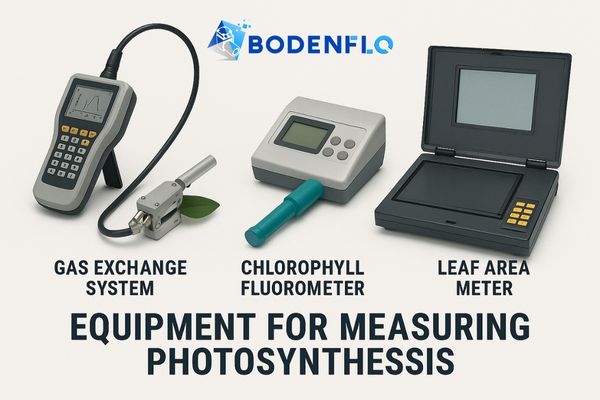
Gas exchange systems are the workhorses of photosynthesis measurement. They quantify the exchange of CO₂ and H₂O between the leaf and the environment. Chlorophyll fluorometers1 assess the health and efficiency of the photosynthetic machinery. They measure the fluorescence emitted by chlorophyll molecules. Leaf area meters2 are also important. They determine the exact leaf surface area. Accurate normalization of photosynthetic rates depends on the leaf area. I remember when I first started, I thought I could just eyeball the leaf area. The results were inconsistent until I started using a leaf area meter. The precision made a big difference. Together, these tools provide a comprehensive picture of plant photosynthetic activity.
Why Does Flow Control Matter in Photosynthesis Monitoring?
Why is it so important to keep the gas flowing smoothly? Stability equals accuracy.
Flow control is crucial for maintaining a stable and consistent environment around the leaf. Fluctuations in gas flow can lead to inaccurate measurements of CO₂ and H₂O exchange, affecting the reliability of photosynthesis data.
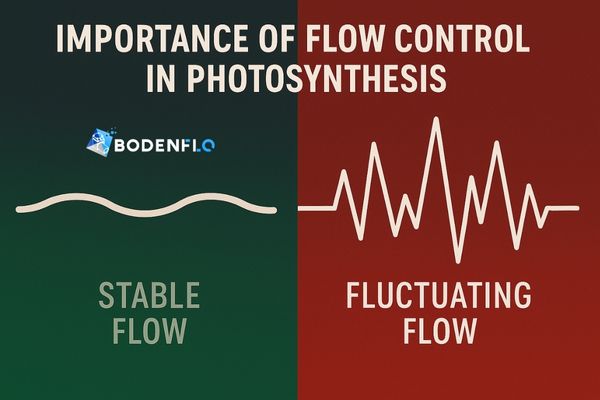
Flow control ensures a stable and consistent environment around the leaf. Fluctuations in gas flow can cause measurement errors. Imagine trying to measure CO₂ uptake when the gas flow is constantly changing. It's nearly impossible to get accurate readings. Stable flow rates are essential for reliable photosynthesis data3. I learned this the hard way during a research project. We were getting highly variable results until we realized the gas flow was fluctuating. Once we implemented better flow control4, the data became much more consistent and reliable. Stable flow helps to maintain a constant gradient of gases, which is vital for accurate measurements.
What Type of Pump Is Best for Portable Photosynthesis Instruments?
Need a pump that can go anywhere? Portability and precision are key.
Mini diaphragm gas pumps are best for portable photosynthesis instruments. They are compact, lightweight, and offer precise flow control. These pumps also provide reliable performance with low power consumption, making them ideal for field studies.

Mini diaphragm gas pumps are the best choice for portable instruments because of their compact size and light weight. Precise flow control is essential for accurate measurements in the field. These pumps offer the needed precision. They are designed for reliable performance while consuming minimal power. Power consumption is a huge factor in field studies where battery life is crucial. I have used other types of pumps that quickly drained the battery. Switching to a mini diaphragm pump extended our measurement time significantly. They strike the perfect balance between size, performance, and efficiency.
What Role Does the Pump Play in CO₂ and H₂O Measurement?
How does the pump help measure these key gases? The pump is the engine of the system.
The pump ensures a consistent flow of air through the measurement chamber. It draws air containing CO₂ and H₂O into the instrument, where sensors can accurately measure their concentrations. A stable flow rate is essential for precise readings.
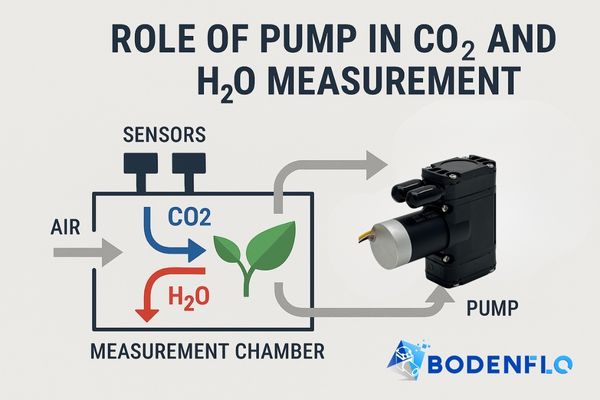
The pump ensures a consistent flow5 of air through the measurement chamber. This consistent flow is necessary to bring the air containing CO₂ and H₂O into the instrument. Sensors then measure their concentrations. If the flow rate is not stable, the sensor readings will be erratic. It is hard to get reliable data. I once worked on a project where we were using a pump that caused pulsations in the airflow6. The CO₂ measurements were all over the place. Replacing the pump with one that provided a smoother flow immediately stabilized the readings. A stable flow rate is essential for precise readings.
Which Pump Features Support Long-Term Plant Studies?
Planning a long-term study? Look for pumps with durability and control.
For long-term studies, key features include durability, stable flow control, low maintenance, and resistance to environmental factors. Pumps with brushless motors and robust construction are ideal. Remote control capabilities for automated adjustments are also beneficial.
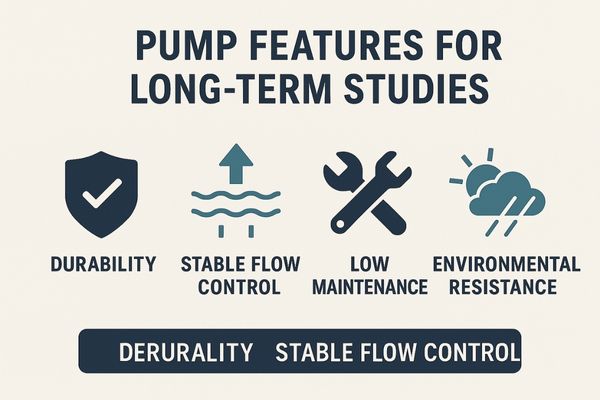
Durability is critical. Pumps with brushless motors7 tend to last longer and require less maintenance. Stable flow control ensures consistent data throughout the study. Low maintenance is important to minimize downtime. Resistance to environmental factors like humidity and temperature is also key for field studies. Remote control capabilities allow for automated adjustments. They can be useful for long-term experiments. I remember one long-term study where we used pumps that weren't designed for continuous operation. We had to replace them frequently, which disrupted the data collection. It is better to invest in robust pumps designed for long-term use.
Recommended BODENFLO Models for Photosynthesis Instruments
Which specific models are best for the job? Here are some top picks.
BODENFLO offers several models suitable for photosynthesis instruments, including the 12V Mini Diaphragm Gas Pump (Model A) and the High-Precision Flow Control Pump (Model B). Model A is compact and efficient, while Model B offers enhanced flow stability and control.

BODENFLO’s 12V Mini Diaphragm Gas Pump8 Model A: BD-05TVB-S (4.6L/min, -70kpa) is a great option for portable instruments due to its compact size and efficiency. The High-Precision Flow Control Pump9 Model B: BD-05T01.51500B(1.5L/min, -45kpa) offers enhanced flow stability and control. It is ideal for more demanding applications. These models are designed for reliable performance and are commonly used in photosynthesis research10. When choosing a model, consider the specific flow rate requirements of your instrument and the environmental conditions of your study. I've heard positive feedback from researchers who have used these pumps in their photosynthesis setups. They're known for their reliability and precision.
Real Use Cases from the Field
How are these pumps making a difference in real research? The proof is in the results.
Researchers are using mini gas pumps to study plant responses to climate change, monitor crop health, and optimize greenhouse environments. These pumps enable accurate, real-time measurements of photosynthesis rates under various conditions, leading to better insights and informed decisions.
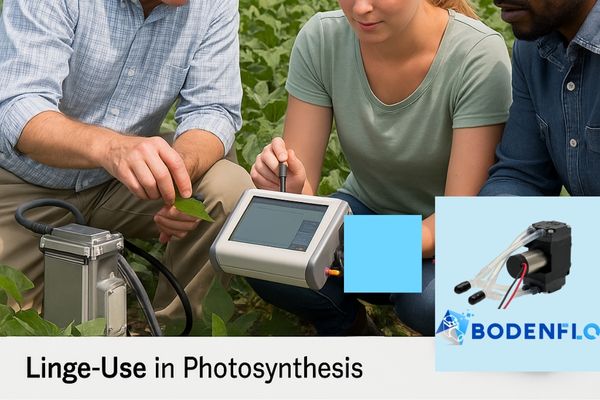
Mini gas pumps allow researchers to study plant responses to climate change. They provide real-time photosynthesis rate measurements under different conditions. These measurements are crucial for understanding how plants adapt to changing environments. Researchers also use the pumps to monitor crop health. This helps them to optimize greenhouse environments. I read a case study where researchers used BODENFLO pumps11 to investigate the effects of drought stress on crop photosynthesis. They were able to identify key physiological responses. They helped in developing strategies to improve drought resistance12. These real-world applications demonstrate the value of mini gas pumps13 in advancing plant science.
Integration Tips for Photosynthesis OEMs
Building your own photosynthesis instrument? Here's how to integrate a mini gas pump effectively.
Ensure proper sealing to prevent leaks, use vibration dampeners to minimize noise, and calibrate the pump flow rate with the instrument's sensors. Position the pump to minimize heat transfer to the measurement chamber. Provide easy access for maintenance.
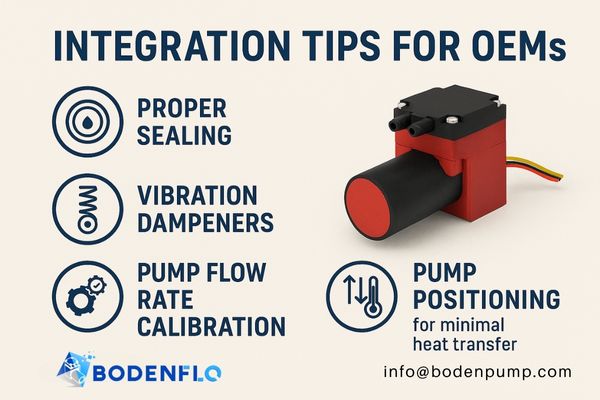
Proper sealing is essential. It prevents leaks that could affect measurement accuracy. Vibration dampeners minimize noise. Noise can interfere with sensitive sensor readings. Calibrate the pump flow rate with the instrument's sensors. This ensures consistent and accurate measurements. Position the pump to minimize heat transfer to the measurement chamber. This reduces temperature fluctuations. I have seen instruments where poor integration led to significant measurement errors. Careful attention to these details ensures reliable performance.
Conclusion
Mini gas pumps are essential for enhancing the accuracy of plant photosynthesis measurements. They provide stable, controlled gas flow, enabling precise CO₂ and H₂O exchange measurements.
Ready to improve your photosynthesis research? Explore BODENFLO mini gas pumps models at bodenpump.com!
-
Chlorophyll fluorometers are essential for evaluating plant health; exploring this will deepen your understanding of photosynthetic efficiency. ↩
-
Leaf area meters are vital for accurate photosynthetic rate normalization, making them key tools in plant research and studies. ↩
-
Accurate photosynthesis data is essential for research. Discover best practices to improve your data collection methods. ↩
-
Understanding flow control is crucial for accurate gas measurements, especially in photosynthesis research. Explore this link to enhance your knowledge. ↩
-
Understanding the significance of consistent flow can enhance your knowledge of measurement accuracy and reliability. ↩
-
Learning about airflow pulsations can help you avoid common pitfalls in measurement systems and improve data quality. ↩
-
Explore how brushless motors enhance pump durability and efficiency, making them ideal for long-term studies. ↩
-
Explore this link to understand how a 12V Mini Diaphragm Gas Pump can enhance your research efficiency and reliability. ↩
-
Discover the advantages of High-Precision Flow Control Pumps in achieving stable and controlled flow for demanding applications. ↩
-
Stay updated on the latest findings and technologies in photosynthesis research to enhance your studies and experiments. ↩
-
Learn about BODENFLO pumps and their significant impact on crop health and drought resistance strategies. ↩
-
Discover innovative strategies for enhancing drought resistance in crops, crucial for sustainable agriculture. ↩
-
Explore how mini gas pumps are revolutionizing plant research and their role in understanding climate change effects. ↩

